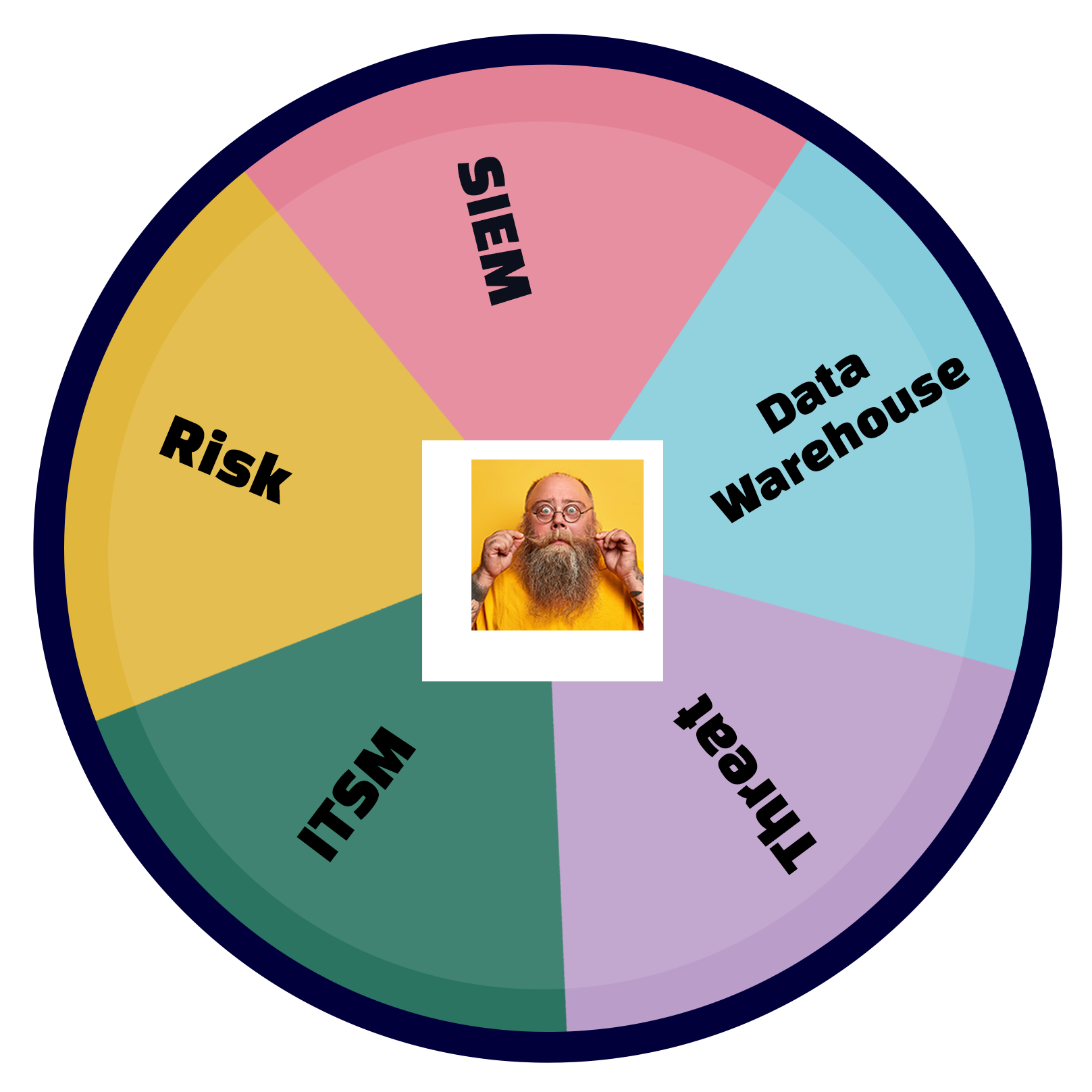Machine Learning and Artificial Intelligence Walk Into a Bar…
There are a lot of misconceptions about what AI really is and how it can be applied to different work tasks. At Lucidum, we use a specific type of Artificial Intelligence, paired with Machine Learning algorithms to deliver specific information accurately and with speed.
Each new input allows us to build a smarter machine that is more and more capable of performing tasks that would typically require human intelligence. But machines can’t do it all alone… yet.
Let’s start with the 4 types of AI currently being used in the market today: Reactive Machines, Limited Memory, Theory of Mind, and Self Awareness. (Let’s also keep in mind, as this field continues to evolve, so too will the definition that is universally accepted that will also restrict what fits and what doesn’t into this category.)
While we have a lot of opinions on the proper usage of the term “Artificial Intelligence” and how others may be inaccurately using it to further their agendas, at Lucidum, we tow the line with Narrow Artificial Intelligence. Think of it as “task-oriented” versus autonomous robots.
At Lucidum, we use a combination of Limited Memory AI and Human Reinforcement learning. Our platform works as an actuarial, compiling and analyzing statistics to calculate outcomes which translate into actionable insights about your users, assets and data.
What is Limited Memory AI?
When Lucidum ingests and accumulates data from your existing tech stacks, it is analyzing, weighing, and ranking the potential outcomes to fill in the gaps… your unknowns.
The Limited Memory AI is tuned and trained through human knowledge business rules as well as human reinforcement learning. That means, data scientists at Lucidum are continuously working (with our clients’ inputs), to correct incorrect AI predictions that will generate better predictions of client-specific outcomes the next time.
How it works:
- Training data was created by the Lucidum team, curating the information that would be needed to help form a mathematical question.
- Next, the question comes. This is where the Machine Learning algorithms, aka the math, come in. And to simplify, we may know that A + B = C, but we may not know what D plus T equals.
- By using the training data A + B = C, we apply the ML algorithm model to predict the answer of D plus T.
- If the ML comes back to D + T = 4, we must be able to provide human feedback that the answer needs to be a letter, not a number. That feedback must then be stored as the machine reruns its prediction.
At Lucidum, we use Reinforcement Learning (aka trial and error), Long Short Term Memory (LTSM) (aka learning from your recent mistakes and remembering your historical errors), as well as Evolutionary Generative Adversarial Networks (E-GAN) (aka being older and wiser, seeking a better path forward, replaying past scenarios to better predict what will happen next).









